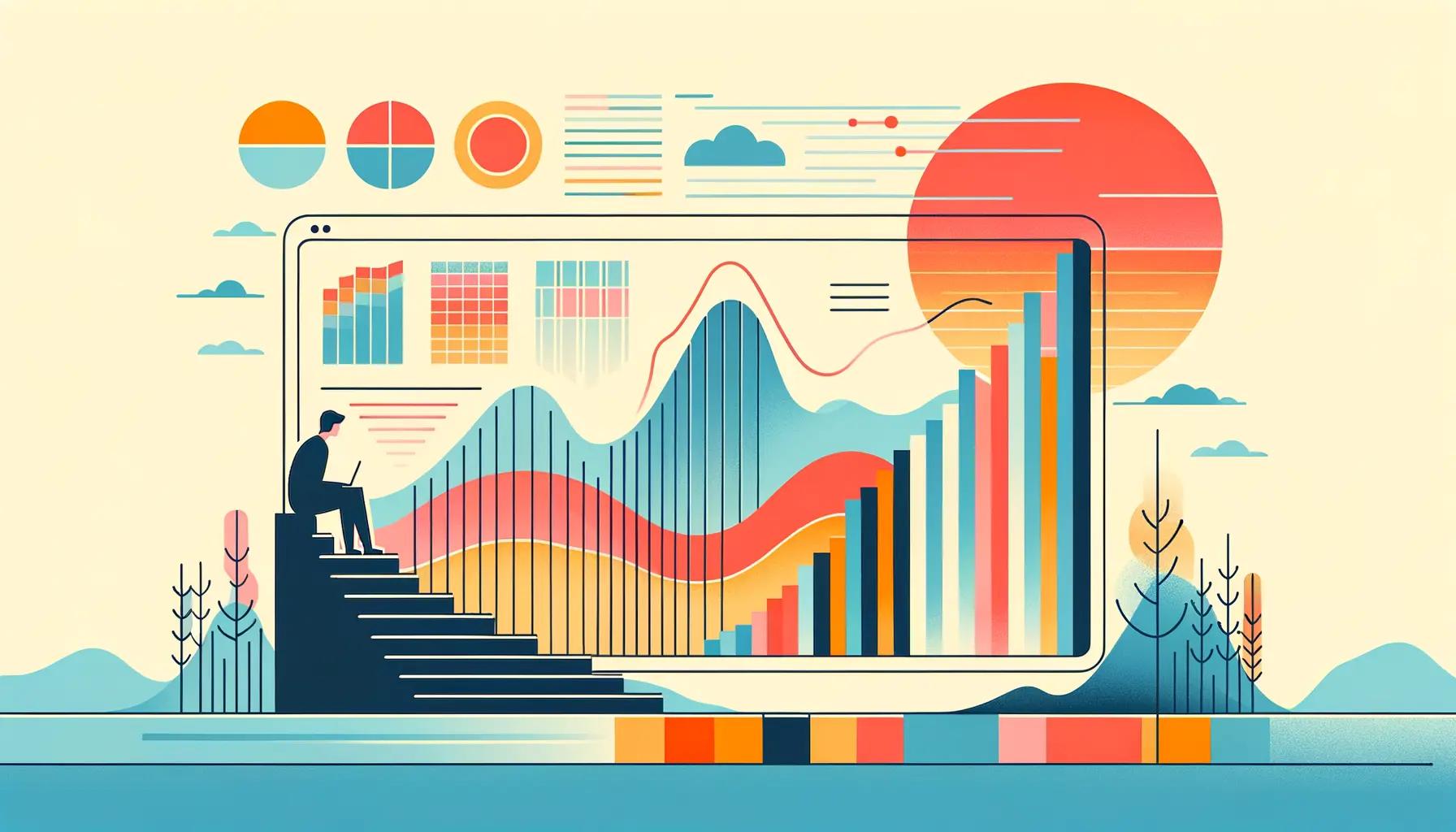The Overlooked Game-Changer: The Importance of Call to Action Buttons in Conversion Rate Optimization
In the competitive digital landscape, business owners and marketers are perpetually searching for strategies to improve website performance. Despite an array of complex algorithms and AI-powered tools at our disposal, sometimes the most significant impact comes from refining simple elements on a webpage. One such element is the “Call to Action” (CTA) button.
You might be surprised by how much this seemingly straightforward component can influence your conversion rate. Let’s delve deep into the crucial aspects of CTA buttons and why they are pivotal for Conversion Rate Optimization (CRO).
Button Visibility – More Than Meets the Eye
One of the core principles of effective CTA buttons is their visibility. A CTA button should grab attention without overwhelming the user. It’s like the shopkeeper who greets you as you enter the store; noticeable but not invasive.
Real Example:
Smashing Magazine’s eye-tracking study revealed how users predominantly scan web pages in an ‘F’ pattern. By placing CTAs in these focal areas, the buttons are far more likely to catch the user’s eye, leading to increased conversions.
Why It’s Critical:
- Directs User Journey: If a CTA button is highly visible, it funnels user activity to the desired action, simplifying their journey.
- Reduces Decision Fatigue: Being easily visible means the user doesn’t have to search around, making the decision-making process less exhausting.
Button Accessibility – Good For All, Good For Business
In the age of inclusivity, ensuring that your website accommodates people with disabilities is not just a good social practice but also a boon for business.
Real Example:
A report by Click-Away Pound states that websites in the UK lose about £17.1 billion annually due to poor accessibility features.
Get a Free AI Website Audit
Automatically identify UX and content issues affecting your conversion rates with Flowpoint's comprehensive AI-driven website audit.
Why It’s Critical:
- Broadens Market Reach: By being inclusive, you invite a wider audience to interact with your website.
- Avoids Legal Hassles: Many jurisdictions require digital accessibility, and failure to comply could lead to legal repercussions.
Hover and Active States – The Power of Suggestion
Subtle design cues like hover and active states signify interactivity, removing any ambiguity for the user about whether a button is clickable.
Real Example:
According to NN Group, buttons that look like buttons increase usability by approximately 10%. Since usability is intrinsically linked to conversion rates, this small change can lead to significant gains.
Why It’s Critical:
- Boosts User Confidence: When buttons behave as expected, it instills a sense of familiarity and assurance, encouraging users to proceed.
- Lowers Bounce Rate: If users know where to click, they’re less likely to abandon the page, thereby reducing bounce rates.
The Goldilocks Zone – Size Matters
The CTA button should not be too big or too small but just the right size to draw attention while blending seamlessly with the overall webpage design.
Real Example:
Apple’s Human Interface Guidelines recommend a minimum target size of 44 x 44 pixels, based on MIT Touch Lab’s research on fingertip sizes.
Why It’s Critical:
- Mobile Usability: As mobile browsing eclipses desktop, ensuring that buttons are easily clickable on smaller screens is vital.
- Design Harmony: Buttons that are proportionate to other elements on the page enhance the overall visual appeal, contributing to user satisfaction.
Consistency is Key – Establishing a Visual Language
Uniform CTAs across your website not only offer a cohesive look but also make navigation instinctual.
Real Example:
Google’s Material Design guidelines place significant emphasis on consistency for better user experience and brand presentation.
Why It’s Critical:
- Brand Recognition: Consistent design elements reinforce your brand identity.
- Ease of Use: Uniformity in design makes for a more intuitive user experience, encouraging further interaction and, ultimately, conversion.
Say What You Mean – Proper Call to Action Labels
The text on a CTA should be succinct yet descriptive, clearly indicating what happens when a user clicks on it.
Real Example:
HubSpot reported that personalized CTAs convert 202% better than generic ones. Words like “Get Your Free eBook” instead of “Download” can make a world of difference.
Why It’s Critical:
- Relevance: A well-crafted label that aligns with user intent is far more likely to get clicked.
- Brand Voice: The language on the CTA should be in harmony with the brand’s overall messaging.
Additional Factors for Consideration
Creating a Sense of Urgency
Utilizing terms like “Limited Time Offer” or “Last Chance” can drive immediate action.
The Value of A/B Testing
Running A/B tests with different CTA buttons can provide invaluable data, allowing for iterative refinements that lead to optimal performance.
Wrapping Up
CTA buttons might appear to be a trivial part of web design, but as we’ve seen, they wield immense power in guiding user actions and enhancing conversion rates. From their visibility and size to their consistency and labeling, every attribute plays a role in optimizing user experience and, by extension, conversion rates. With sophisticated tools available for tracking performance, iterating on these factors is easier than ever, ensuring that this simple element can be fine-tuned to perfection, reaping big rewards.





